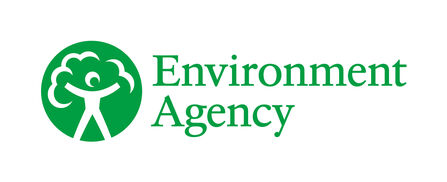The fund, administered on behalf of Defra by the Environment Agency, to improve the water environment, will support Derbyshire Wildlife Trust’s Water Vole Recovery Project to deliver targeted improvements across more than 500km of the Dove catchment, restoring natural river processes, enhancing vital wetland habitats, and improving water quality.
Water voles are now the fastest declining mammal in the UK, having disappeared from 96% of their area of cover in England. The combined impact of habitat loss and predation by the non-native American mink has devastated populations across the country, including Derbyshire where they have been identified as a priority species in the Local Nature Recovery Strategy.
The Trust’s recent feasibility report highlighted the widespread lack of suitable habitat for water voles across the Dove catchment, while also identifying key issues, such as cattle access to watercourses, which can damage banks and reduce water quality.
Through this project to help restore 2,000 metres of riverbank habitat, starting on the Bradbourne Brook, work is underway to reduce pollution from livestock, restore natural riverbanks, improve bankside vegetation, and create the sunny, shallow margins that water voles rely on to thrive. Fencing river boundaries will reduce trampling and overgrazing by livestock, significantly improving conditions for water voles and other wetland wildlife.

